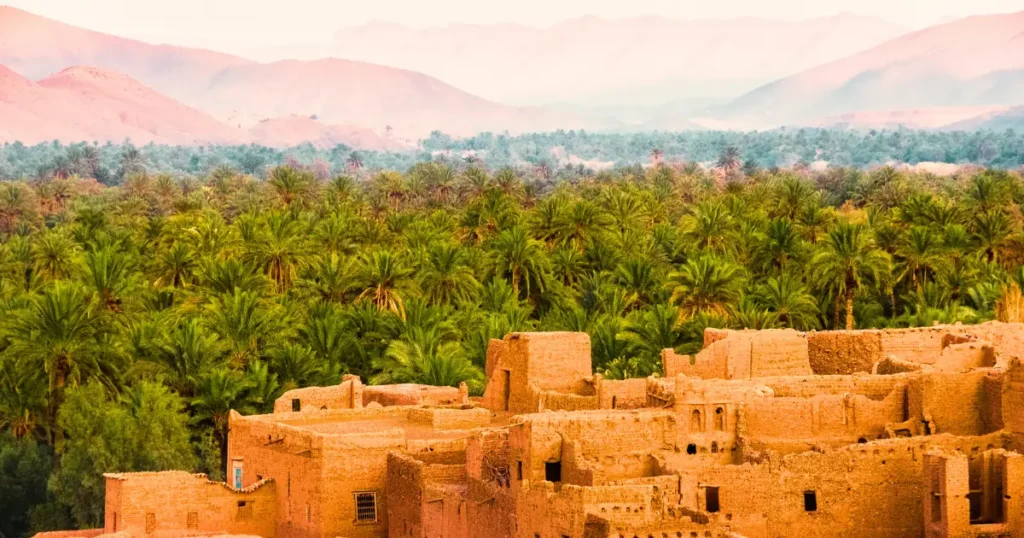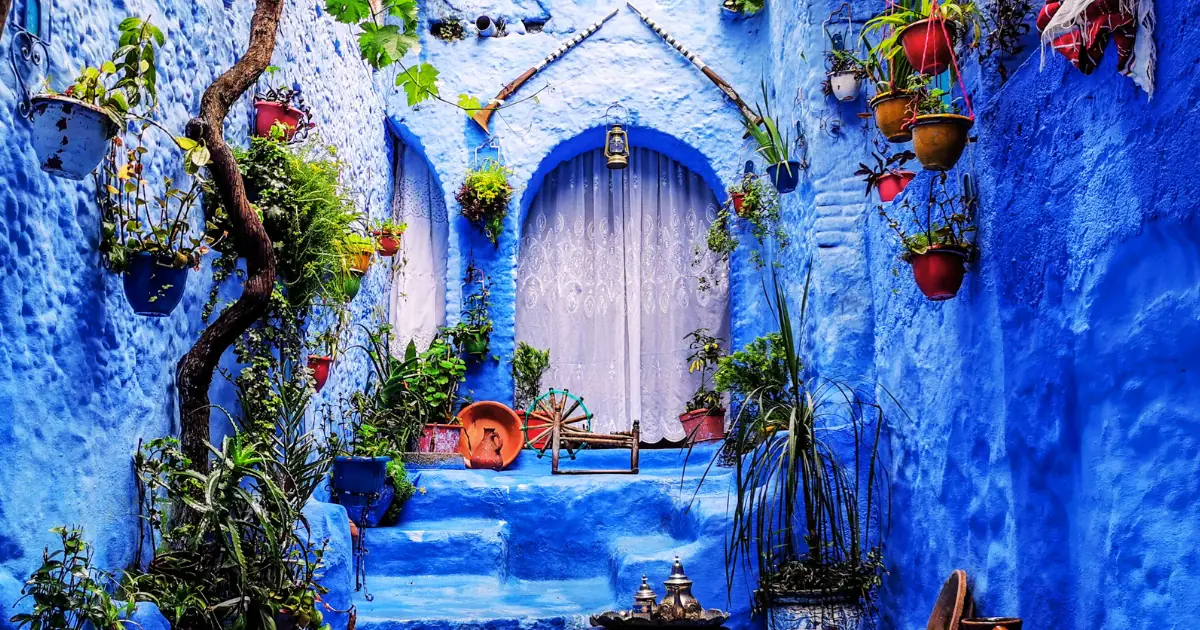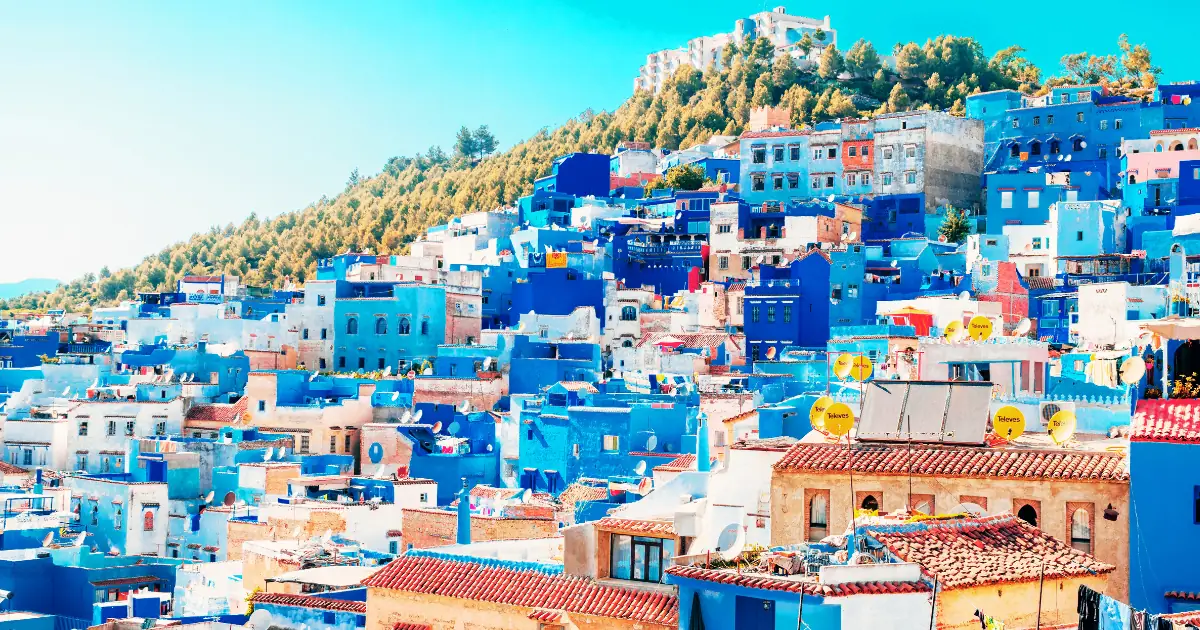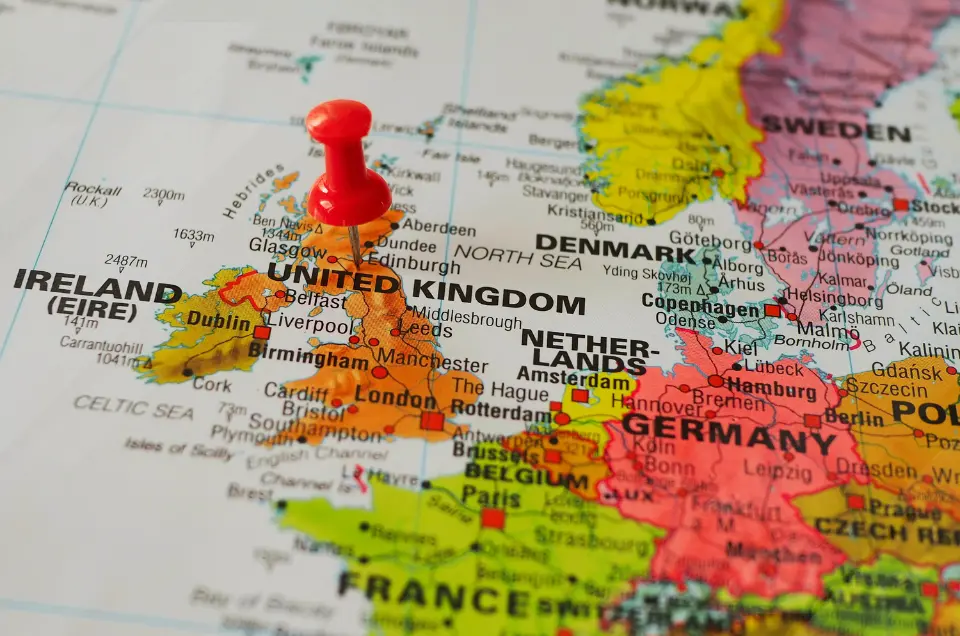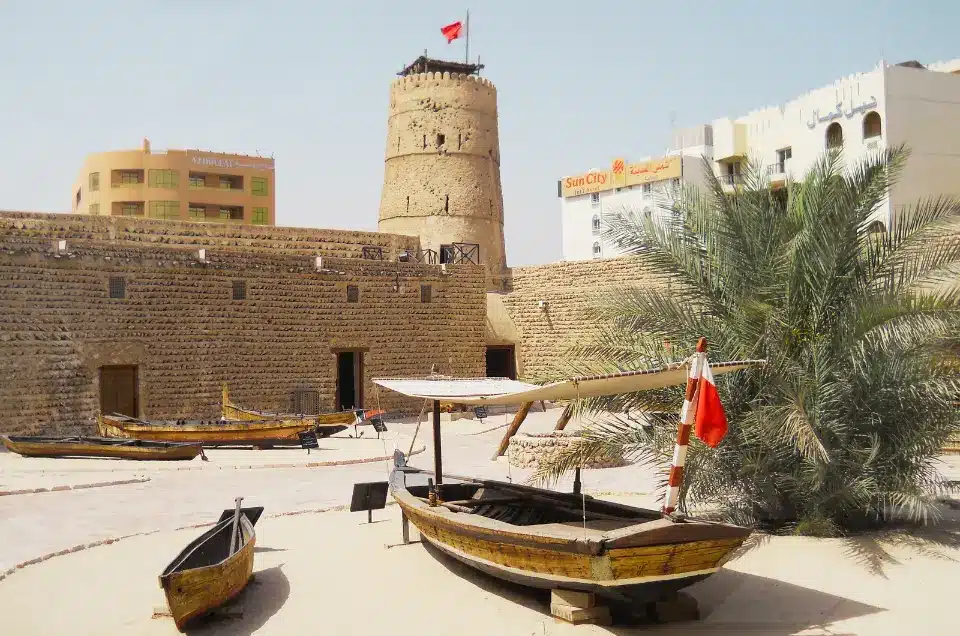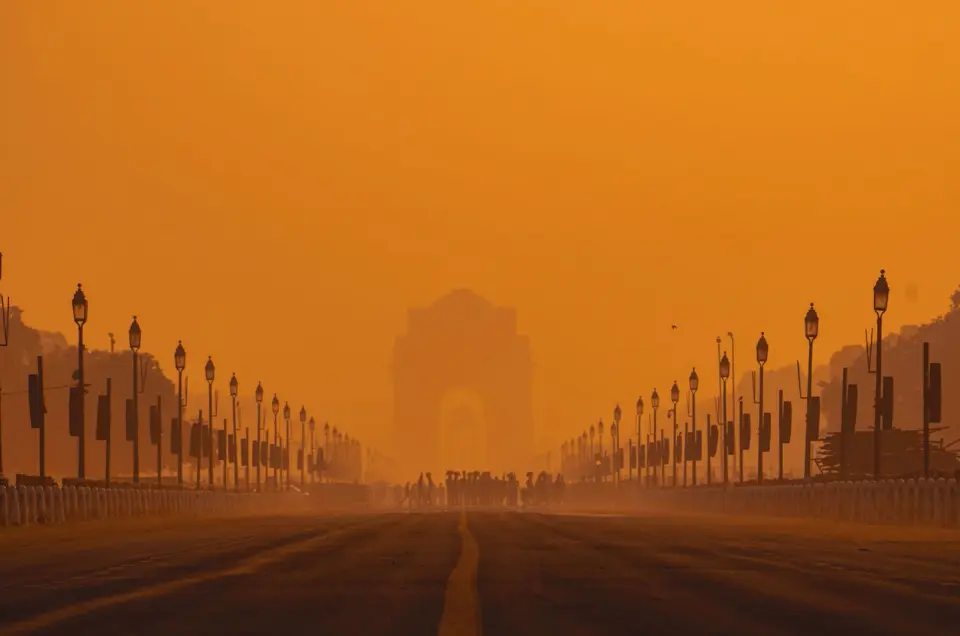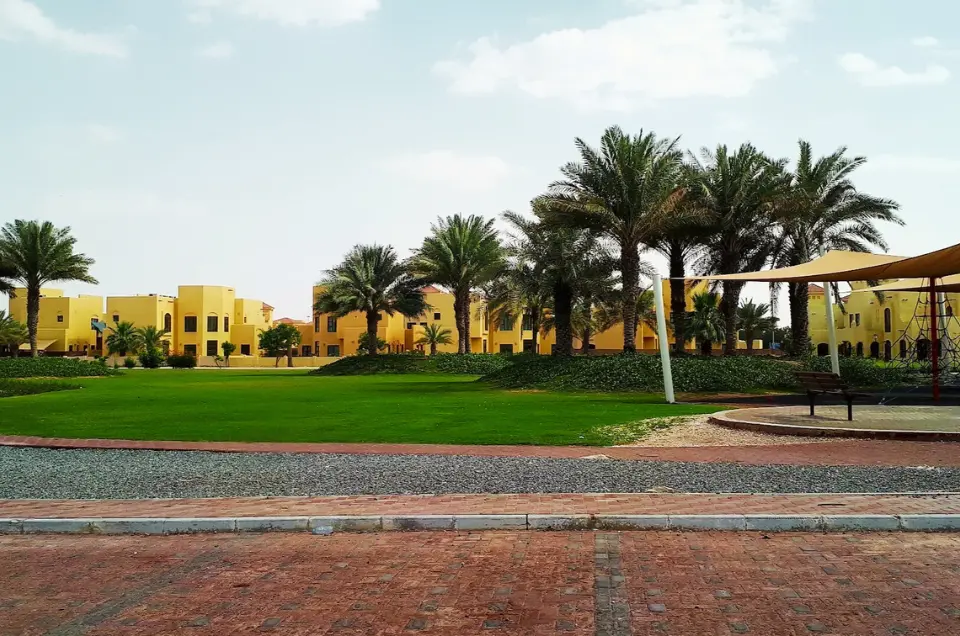Planning a journey through Morocco is as much about understanding its rhythm as it is about choosing destinations. The country flows from coastal breezes to desert silence, from bustling medinas to High Atlas passes that feel almost untouched. For travellers mapping out their route, exploring different Morocco trips can offer a helpful starting point, highlighting what’s possible before shaping your own itinerary around the country’s distinct regions and experiences.
Table of Contents
Finding Your Flow: How to Structure a Morocco Itinerary
A good Morocco itinerary moves like the landscape itself—gradually shifting from one atmosphere to the next. Many travellers begin in Marrakech or Casablanca, then build outward in a loop through mountains, desert and coastline. This approach lets you absorb Morocco’s contrasts in a natural progression rather than rushing between extremes.
If you’re arriving from Europe or North America, starting in a major city provides context: the call to prayer echoing across rooftops, spices drifting from souks, the layered architecture shaped by Berber, Arab and French influences. From there, each region tells its own story.
Central Morocco: Marrakech and the Gateway to the Atlas
Marrakech is a sensory introduction to the country—vibrant, atmospheric and steeped in centuries of craftsmanship. Spend time wandering the medina’s maze-like alleys, where metalworkers hammer patterns into lanterns and leather dyers still use techniques passed down through families.
Key stops include:
- Jemaa el-Fnaa at golden hour
- Bahia Palace, with its carved cedar ceilings
- The Majorelle Garden, a tranquil contrast to the energy of the souks
From Marrakech, the Atlas Mountains are just a short drive away. Villages like Imlil offer cool air, red-earth paths and views that stretch endlessly across the peaks. This region is perfect for travellers who want an itinerary that balances culture with nature.
The High Atlas & Beyond: Valleys, Passes and Hidden Traditions
Venturing deeper into the High Atlas reveals a landscape shaped by both climate and community. Terraced fields line the hillsides, and Berber villages blend seamlessly into the mountain palette of reds and ochres.
Itinerary essentials here include:
- Tizi n’Tichka Pass, with sweeping high-altitude views
- Aït Ben Haddou, the ancient ksar used in countless films
- The Ounila Valley, where kasbahs rise unexpectedly from riverbanks
Travelling through these routes encourages a slower pace. The distances aren’t long, but the terrain invites you to take your time and appreciate how dramatically the scenery can shift within an hour of driving.
The Sahara: Overnight Magic in the Dunes
No Morocco itinerary feels complete without experiencing the desert. Whether you choose Merzouga’s golden dunes or the quieter regions near M’Hamid, the Sahara offers something timeless.
A typical desert portion includes:
- Camel rides during the late-afternoon light
- An overnight stay in a Berber-style camp
- Stargazing under remarkably clear skies
The stillness here acts as a counterbalance to the busyness of the cities. Many travellers describe this part of their journey as a reset—simple, quiet and grounding.
Northern Morocco: Coasts, Culture and History
Heading north reveals a different tone. The coastal city of Essaouira mixes sea air with a laid-back artistic vibe, making it a natural pause point in any itinerary. Its white-and-blue medina walls, easy walkability and Atlantic breezes create a lighter, more relaxed chapter.
Further north, Chefchaouen—the famous blue city—offers a maze of indigo-painted alleys that feel almost meditative to wander. For travellers interested in history, Fès is essential. Its medieval medina is one of the world’s largest pedestrian zones and a living museum of artisan traditions.
Putting It All Together: A Suggested Flow
A balanced Morocco itinerary often follows this arc:
- Start in Marrakech – culture, color and energy
- Move into the Atlas Mountains – nature and village life
- Continue east into the Sahara – silence, stars and desert landscapes
- Return via the Draa Valley – palm groves and kasbahs
- Finish along the coast or in the north – Essaouira, Chefchaouen or Fès
This progression allows your trip to feel layered, not rushed. Each region complements the next.
Final Thoughts: Morocco as a Journey of Contrasts
What makes Morocco unforgettable isn’t just the scale of its scenery or the depth of its history—it’s how effortlessly one experience flows into another. One day you’re navigating a lively market; the next you’re drinking mint tea beside a windswept coastline or watching the sun rise over dunes.
If you embrace the natural rhythm of the country, Morocco becomes less of a checklist and more of a journey—one shaped by colours, textures, voices and landscapes that stay with you long after you return home.
FAQs
Q: How many days do I need for a good Morocco itinerary?
A: A well-balanced Morocco itinerary typically ranges from 7 to 12 days. This gives you enough time to experience Marrakech, the Atlas Mountains, the Sahara Desert, and at least one northern or coastal destination without rushing.
Q: What is the best starting point for a Morocco travel itinerary?
A: Most travelers begin their Morocco travel itinerary in Marrakech or Casablanca because these cities offer major international airports, rich cultural introductions, and easy access to the Atlas Mountains and desert routes.
Q: Is it easy to combine the Sahara Desert with the rest of a Morocco itinerary?
A: Yes. The Sahara is traditionally included after visiting the Atlas Mountains. Many routes smoothly connect Marrakech → Atlas Mountains → Aït Ben Haddou → Sahara, making it simple to integrate into your Morocco itinerary.
Q: Should I rent a car for my Morocco travel itinerary?
A: Renting a car can offer flexibility, especially for remote areas like the High Atlas or the Draa Valley. However, guided tours and private transfers are widely available and may be more convenient for longer legs of your Morocco travel itinerary.
Q: What regions are essential in a first-time Morocco itinerary?
A first-time Morocco itinerary should include:
- Marrakech
- Atlas Mountains
- Sahara Desert
- Either Essaouira, Fès, or Chefchaouen
Q: When is the best time to follow a Morocco travel itinerary?
A: The best months for a Morocco travel itinerary are March–May and September–November. These seasons offer pleasant temperatures in the cities, mountains, and desert, making travel more enjoyable.
Q: Is Morocco safe for solo travelers following an itinerary?
A: Yes. Morocco is generally safe for solo travelers, especially when following a structured Morocco travel itinerary that includes popular destinations. Common precautions—like avoiding deserted areas at night and using licensed guides—are recommended.
Q: Can I visit both the Sahara and the coast in a 7-day Morocco itinerary?
A: It’s possible but fast-paced. A 7-day Morocco itinerary can include Marrakech, the Atlas Mountains, a Sahara overnight, and a short visit to Essaouira. For a more relaxed experience, 10 days or more is ideal.
Q: What should I pack for a Morocco travel itinerary?
A: Pack lightweight clothing for warm days, layers for cool nights (especially in the desert), comfortable walking shoes for medinas, sun protection, and modest attire for cultural sites. These essentials fit well into any Morocco travel itinerary.
Q: Do I need a guide for historical sites in my Morocco itinerary?
A: While not mandatory, hiring a local guide enhances your experience—especially in places like Fès, Marrakech, and Aït Ben Haddou. Their insights add depth to your Morocco itinerary and help navigate complex medinas.

